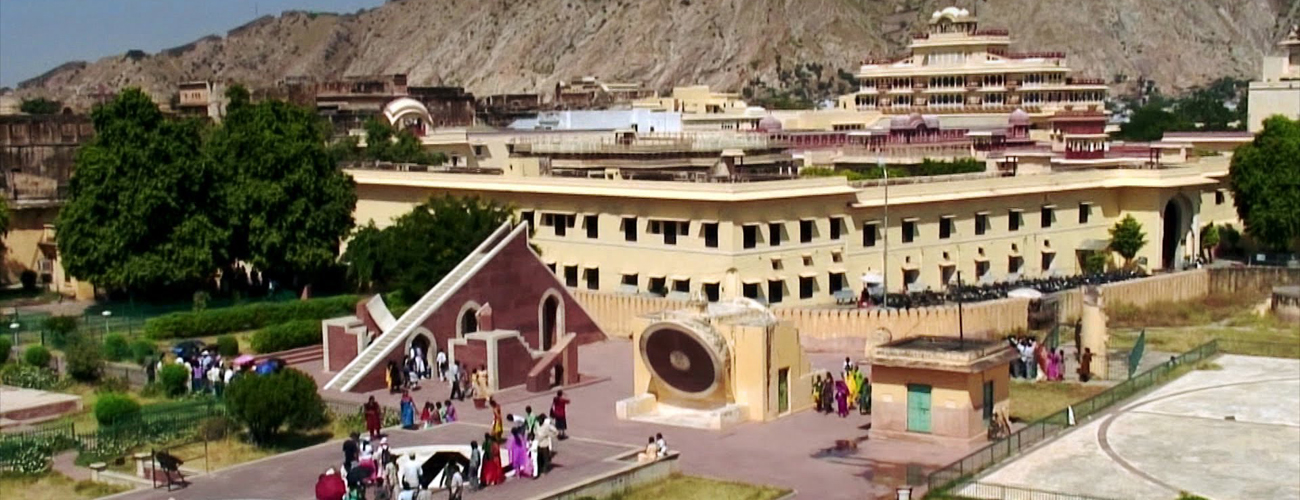Jantar Mantar is a collection of 19 astronomical instruments built by the Rajput king Sawai Jai Singh II, completed in 1734 in the city of Jaipur, Rajasthan. The UNESCO World Heritage Site houses the world’s largest stone sundial. The astronomical monuments present in the complex allow you to make astronomical observations with the naked eye. The observatory is a fine example of Ptolemaic positional astronomy, which was extensively used by many civilisations during that time.
The monument has different instruments operating in each of the three celestial coordinate systems: the horizon-zenith local system, the ecliptic system and the equatorial system. One of the major instruments apart from the sundial is the Kapala Yantrapaksha, as it works in two systems with easy transitions in the system. The observatory was built because of the incredible interest the king had in astronomy. He used to study the movement of moon and other celestial bodies to use it for war strategies and understanding of weather patterns.


